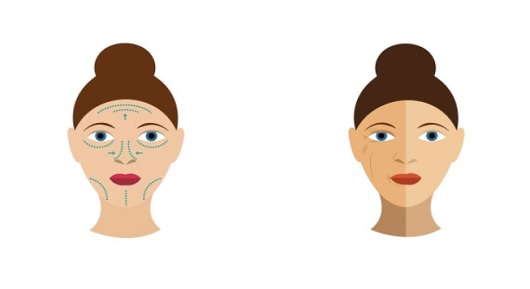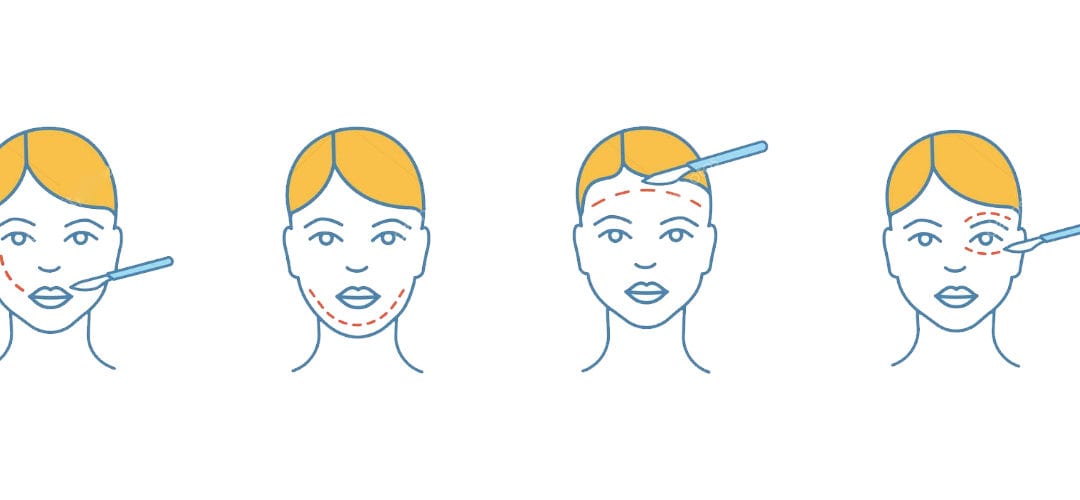The ageing process can have a huge effect on your face. As we get older, our faces are more prone to wrinkles and sagging due to decreased levels of collagen, reduced elasticity and lifestyle factors such as smoking, diet and sun exposure. Facelifts also known as a rhytidectomy are one of the most commonly requested cosmetic surgery procedures. Various techniques can be used to lift up and pull back the facial skin, and a facelift can completely transform your face, leaving it looking younger and refreshed.
WHO IS IT FOR?
Patients who have excess skin around the mouth, jaw or eye areas.
Patients who want to look more youthful
Patients who have recently lost a substantial amount of weight, as this often causes the skin to sag
Patients who have low self-esteem due to the ageing of their face
The best candidates are usually in their 40s, 50s or 60s but facelifts have also been successful on older patients in their 70s and 80s
SUCCESS
Facelifts are generally very successful procedures, with more than 95% of patients reporting an improvement in their facial appearance after undergoing surgery.
RECOVERY TIME
Average recovery time of about 2 weeks, but can vary from patient to patient
Bruising and swelling on your face and neck should subside fairly quickly
Rest for at least 1 week after surgery since pain, fatigue and soreness are likely
Bruising will be visible for 2 weeks at minimum, and it may take up to 9 months to see the final effect.
POTENTIAL SIDE EFFECTS
Haematoma (collection of blood underneath the skin)
Nerve damage or loss of movement in the face
Asymmetry of features
Obvious scarring
Excessive bleeding
Hair loss or reduction around the scar tissue areas
ALTERNATIVE TREATMENTS
Facial Fat Transfer
Thread Lift

BEFORE TREATMENT
If you are planning on losing weight, your surgeon will likely advise that you do so before undergoing a facelift procedure in order to achieve optimum results. If you’re a smoker, you will be advised to stop smoking before your surgery to help with recovery.
You will, of course, have a consultation with your surgeon prior to the treatment. At this point, you should ensure you are fully aware of any pre-op notes and instructions given to you by the doctor.
Most hospitals request that you don’t eat or drink anything 12 hours before your surgery. But this often varies from clinic to clinic, so do check the requirements of your specific hospital.
You might want to bring a headscarf and some sunglasses to disguise the bruising when leaving the hospital.
You will also need to have someone drive you home. Make sure you also arrange around 2-3 weeks off work to rest and recover and to allow any bruising to subside.
DURING TREATMENT
Remove all large jewelry or leave it at home.
Remove fake nails and nail polish (you may have a pulse monitor put onto your finger during surgery).
Facelifts are usually performed with a general anaesthetic, which can make you feel drowsy and groggy after surgery. You will likely have some swelling and bruising when you wake up, and you will have to spend at least one to two days in the hospital after your procedure.
AFTER TREATMENT
It is recommended that you prop up your head and keep it elevated for the first few days after surgery in order to avoid any sudden movements or straining
You can expect your bandages to be removed between two to five days after your procedure. After about a week, your stitches will also be removed .
For the first two days you won’t be able to get the bandages wet, and you should avoid showering. Please also refrain from any strenuous activity for at least two weeks.
Any bruising, redness and scarring should start to fade several weeks after the treatment, with the full effect seen about six to nine months after your surgery.
![]()

